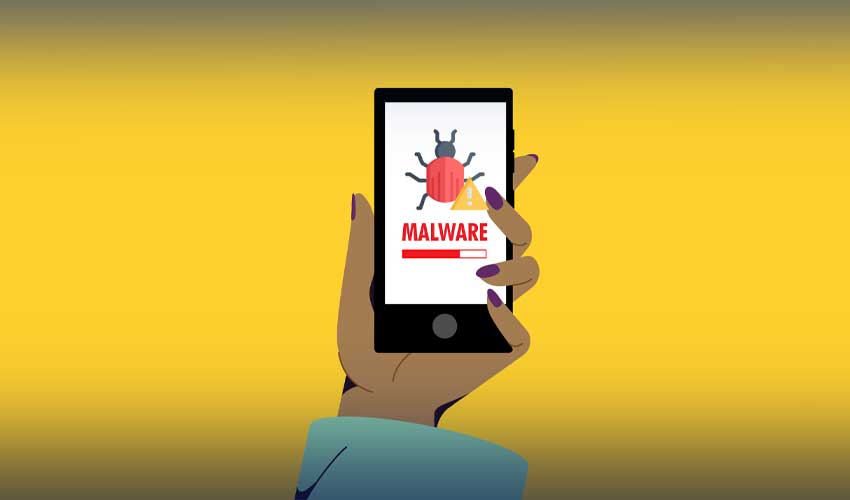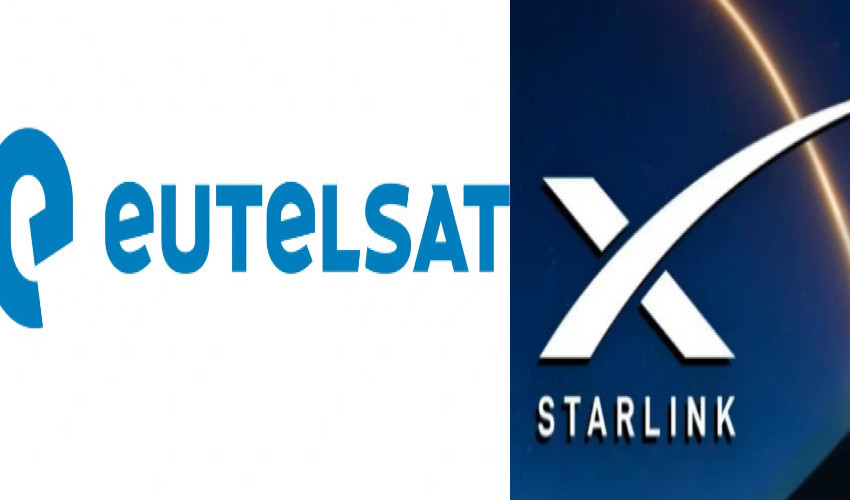In the rapidly evolving digital landscape, where technology constantly shapes our lives, safeguarding our devices from malicious software remains paramount. The recent discovery of nearly 100 malicious apps on the Google Play Store, with a collective 5.5 million installs, underscores the persistent threat posed by cybercriminals.
According to BleepingComputer, this alarming revelation by cybersecurity firm Zscaler highlights the urgent need for enhanced vigilance and robust protective measures. This article delves into the specifics of these malicious apps, their modus operandi, and actionable steps to shield your Android devices from potential harm.
Understanding the threat: Malicious apps on Play Store
The Google Play Store, a trusted source for Android applications, has inadvertently become a conduit for malware. Despite stringent security protocols, cybercriminals have devised ingenious methods to bypass these defenses, leading to the infiltration of malicious apps.
Zscaler’s report identifies over 90 such apps, masquerading as productivity tools, personalization apps, health and fitness utilities, and more. While the firm has yet to disclose the complete list, it has flagged two particularly dangerous apps:
- PDF Reader & File Manager by TSARKA.
- QR Reader & File Manager by risovanul.
Immediate action: Delete these apps now
PDF Reader & File Manager and QR Reader & File Manager have been removed from the Google Play Store, but if they are still on your device, immediate deletion is imperative.
These apps function as malware droppers, which are benign at the time of download but later connect to a hacker-controlled server to download harmful software.
Specifically, these apps have been linked to the Anatsa banking trojan, a notorious Android malware targeting financial credentials across 650 banking apps globally.
How Malware Droppers Operate
Malware droppers like the identified apps exploit the trust users place in the Play Store. Initially free from malicious code, they pass Google’s security checks.
Once installed, they communicate with a command and control (C&C) server to retrieve and install malware. This stealthy approach allows them to evade detection until it’s too late.
The Anatsa trojan, delivered via these apps, employs sophisticated techniques like overlay attacks to steal banking credentials and perform unauthorized transactions directly from the infected device.
Protecting your device: Essential steps
Given the evolving tactics of cybercriminals, it is crucial to adopt a proactive stance in protecting your Android devices. Here are some practical measures to enhance your security:
Limit app installations
Be discerning about the apps you install. Stick to essential applications and avoid downloading unnecessary ones. Even legitimate-looking apps can harbor malware.
Vet developers and reviews
Prioritize apps from well-known developers with a proven track record of delivering safe software. Scrutinize app ratings and reviews, but remain wary of fake reviews. Video reviews can provide a more reliable assessment.
Enable Google Play Protect
Ensure that Google Play Protect is activated on your device. This built-in security feature scans your apps for potential threats and provides alerts about suspicious activity.
Utilize Android antivirus apps
Consider supplementing your device’s security with a reputable antivirus app. These apps offer additional layers of protection, including real-time scanning, VPN services, and password management.
Anticipating further discoveries
While Zscaler’s findings are concerning, they serve as a timely reminder of the ongoing battle against cyber threats. The cybersecurity community continues to monitor and report on such incidents, and it is hoped that the full list of malicious apps will be released soon. In the meantime, maintaining a cautious approach to app downloads and adhering to best security practices remains the best defense.
Frequently Asked Questions
What should I do if I suspect an app is malicious? If you suspect an app is malicious, uninstall it immediately. Run a security scan using Google Play Protect or a trusted antivirus app to check for residual threats.
How do malware droppers bypass Google’s security? Malware droppers initially do not contain malicious code, allowing them to pass Google’s security checks. After installation, they connect to a hacker-controlled server to download and execute malware.
Can paid apps also be malicious? While paid apps are generally considered safer, they can also be compromised. Always verify the developer’s reputation and read reviews before making a purchase.
What are overlay attacks? Overlay attacks involve creating fake login screens that mimic legitimate banking apps. When users enter their credentials, the attackers capture the information.
Is Google Play Protect sufficient for security? Google Play Protect is an essential security feature, but it’s advisable to use additional security measures like antivirus apps for comprehensive protection.
What is the Anatsa banking trojan? The Anatsa banking trojan is a type of malware that targets banking apps to steal financial credentials and perform unauthorized transactions.



























